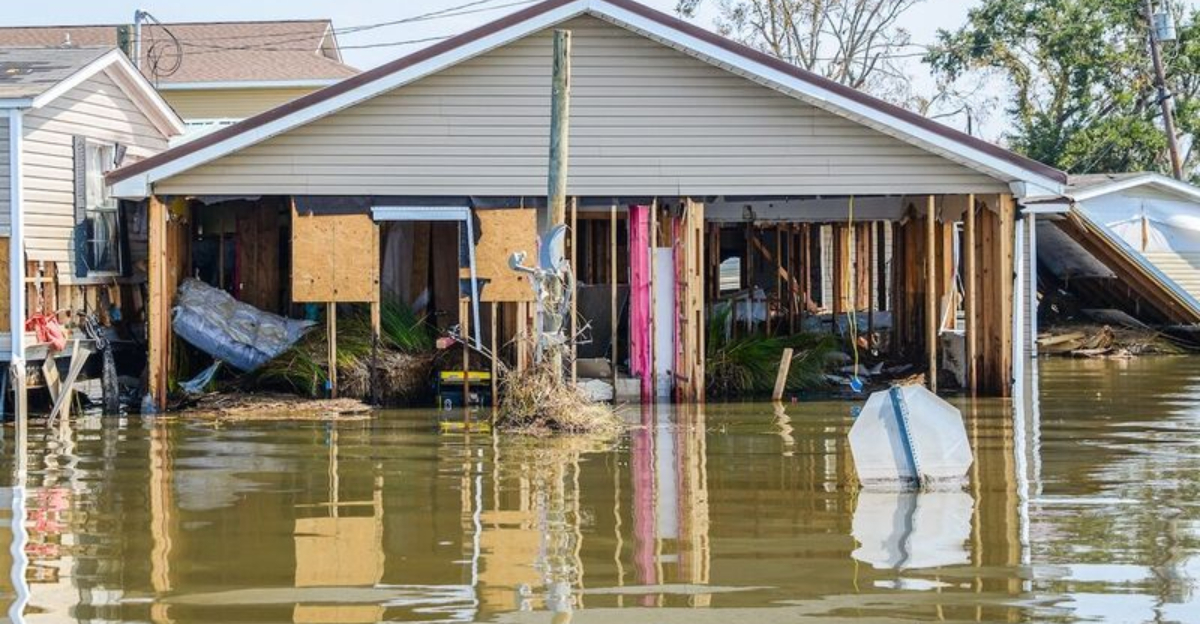The housing market never hits pause—but some homes are on a fast track to freefall. Buyer habits are shifting, the economy’s twitchy, and climate risks are looming larger than ever.
If you’re buying, selling, or just here for the drama, it pays to know which properties are sliding toward trouble. Spotting the warning signs now could spare you a real estate regret later.
1. McMansions Losing Their Mega-Appeal
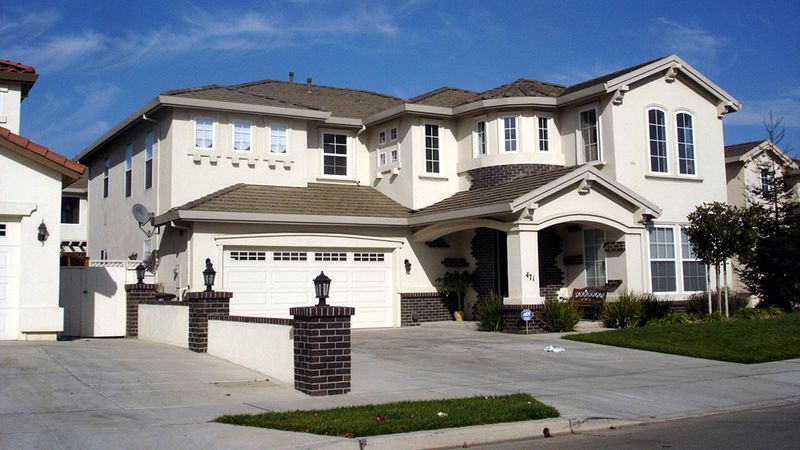
Oversized luxury homes built between 1980-2010 are facing a massive value crash. Baby boomers are downsizing while younger generations prefer smaller, efficient spaces with character over cookie-cutter grandeur.
Maintenance costs for sprawling 4,000+ square foot homes have become prohibitive as utility prices soar. Smart money is moving toward quality over quantity, leaving McMansion owners holding depreciated assets.
2. Coastal Properties Without Flood Protection
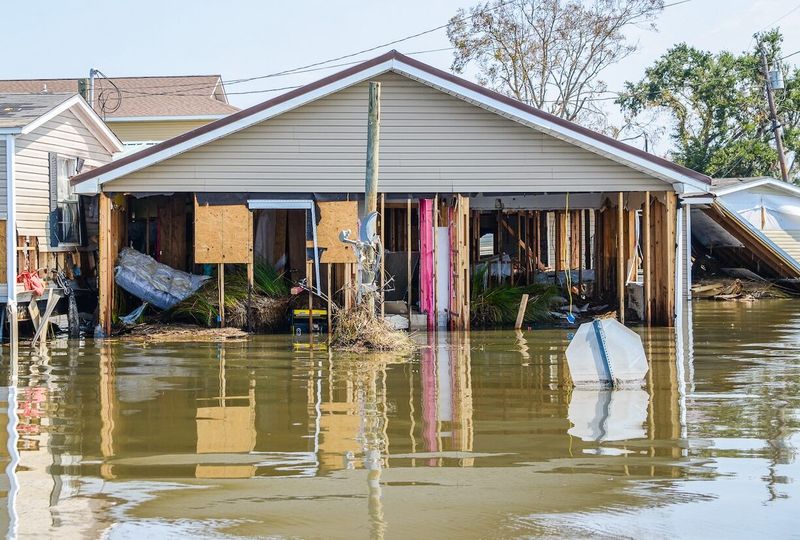
Waterfront homes lacking serious flood mitigation are becoming insurance nightmares. Climate-conscious buyers are scrutinizing elevation certificates and flood histories before even considering a viewing.
Insurance companies are withdrawing from high-risk coastal zones completely or charging astronomical premiums. Properties built at low elevations in Florida, Louisiana, and North Carolina are already seeing buyers vanish faster than sandcastles at high tide.
3. Car-Dependent Suburban Developments
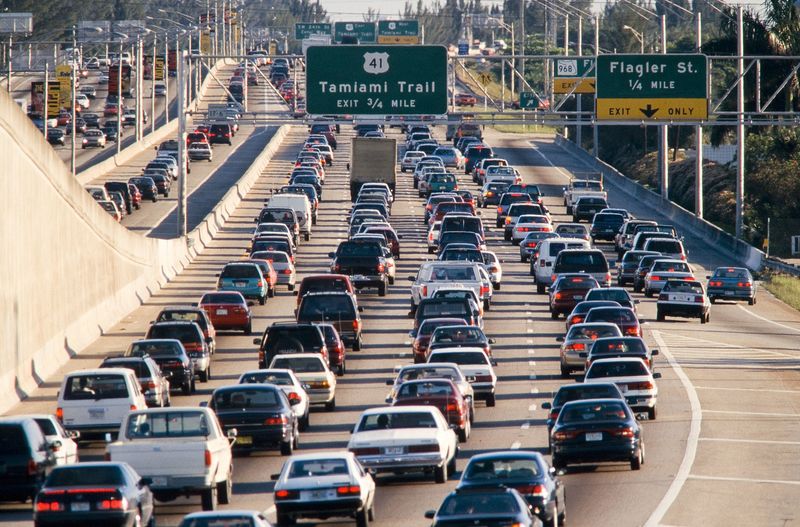
Far-flung housing developments requiring long commutes are losing appeal faster than last season’s fashion trends. Rising fuel costs coupled with remote work options have buyers questioning why they’d waste hours driving.
Walkability scores now influence prices significantly, with each mile from amenities knocking thousands off values. Millennial and Gen Z homebuyers want coffee shops and groceries within walking distance, not a 15-minute drive to the nearest convenience store.
4. Remote Mountainside Cabins Without Internet
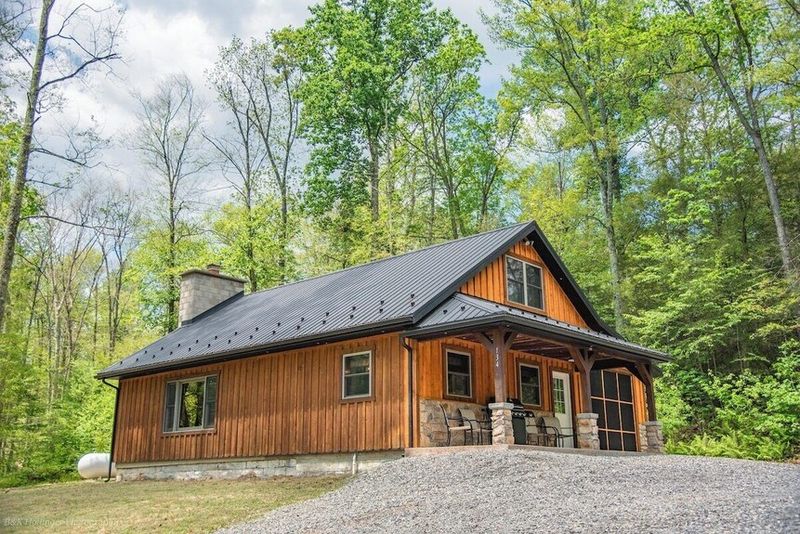
As technology becomes indispensable in daily life, the lack of high-speed internet can deter potential buyers. Younger generations, in particular, prioritize connectivity, and without it, these cabins may become less appealing.
Moreover, the maintenance of remote properties can be costly and challenging, especially during harsh winter months, further contributing to their decreased desirability and value.
5. Homes in Wildfire Zones
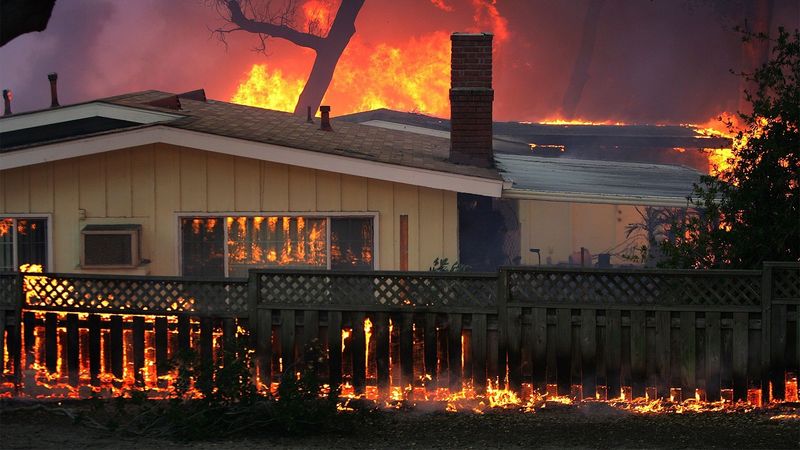
Properties in fire-prone regions are becoming radioactive on the market. Insurance companies are fleeing California, Colorado, and Oregon high-risk zones, leaving homeowners unprotected or paying triple previous rates.
Climate change projections show wildfire seasons extending by weeks annually, further spooking potential buyers. Even gorgeous mountain views can’t compensate for the anxiety of evacuation warnings and smoke damage—sending values plummeting like a rock off El Capitan.
6. Energy-Inefficient Older Homes

Drafty older homes with poor insulation and outdated heating systems are becoming market pariahs. Energy costs are skyrocketing while young buyers demand sustainability—creating a double whammy for these properties.
Homes scoring poorly on energy efficiency ratings are seeing price reductions of 10-15% already. Without substantial upgrades to windows, insulation, and HVAC systems, owners of 1950s-1980s energy hogs might need to slash prices just to attract interest.
7. Properties Near Dying Malls
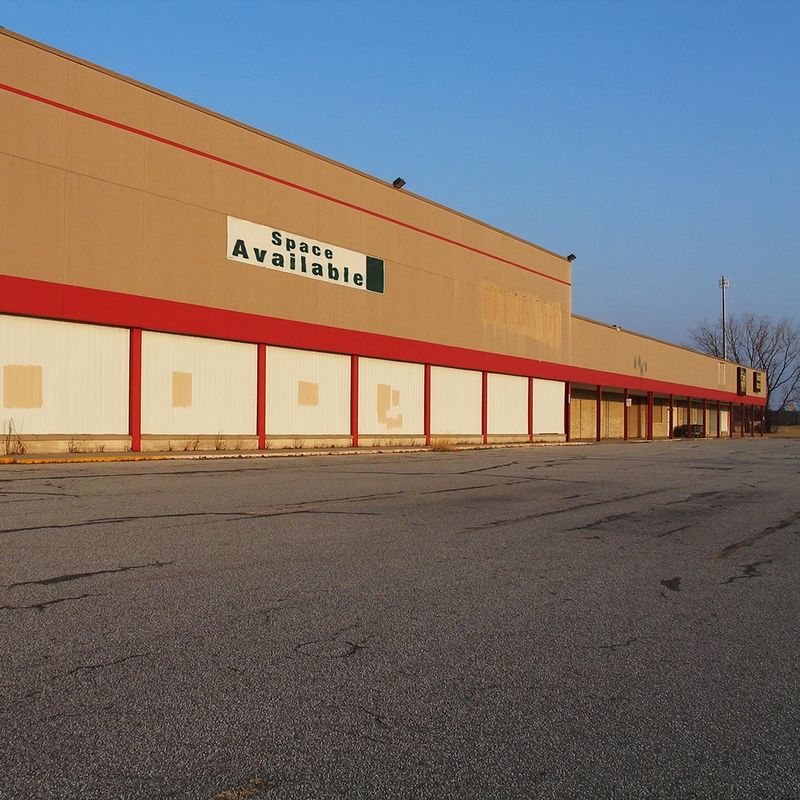
Homes adjacent to struggling shopping centers are watching values evaporate like mall foot traffic. Abandoned retail spaces create negative perception zones extending for blocks, dragging down entire neighborhoods.
Amazon and online shopping have turned once-desirable mall-adjacent locations into liability addresses. Properties within a mile of dead or dying malls are already seeing 8-12% lower values than comparable homes near thriving commercial centers.
8. Water-Stressed Desert Developments
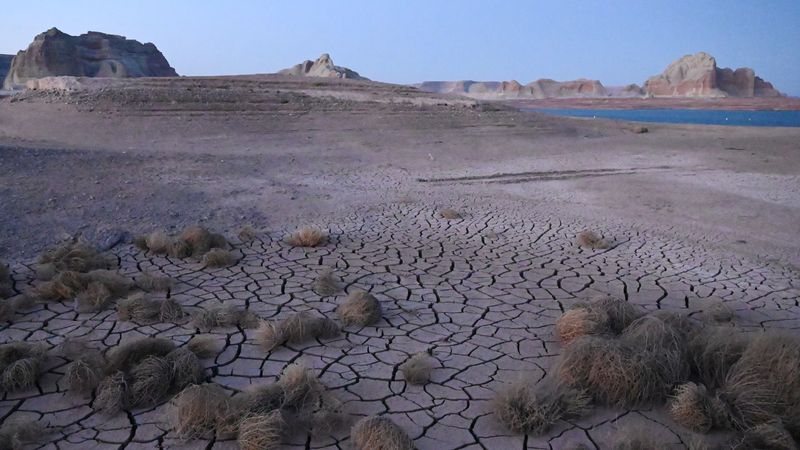
Southwestern homes in areas facing severe water shortages are heading for a market drought. Arizona, Nevada, and parts of California properties dependent on shrinking reservoirs face existential threats to habitability.
Lake Mead and Colorado River water levels continue dropping while populations grow. Smart buyers are already avoiding regions where water restrictions might eventually limit basic needs, sending some desert dream homes toward Death Valley-level value drops.
9. Homes With Outdated Luxury Features
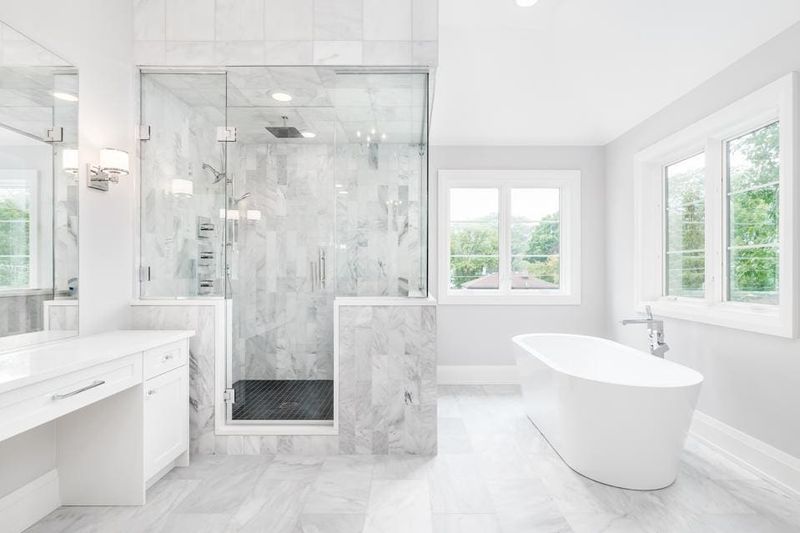
Properties boasting yesterday’s status symbols are becoming tomorrow’s renovation headaches. Massive jetted tubs, media rooms, and ornate built-ins that scream 2005 luxury make buyers calculate immediate renovation costs.
Formal dining rooms and dedicated home theaters are particularly problematic as lifestyles evolve. Homes requiring $50K+ to update outdated luxury features might need to discount prices by twice that amount just to compete with more contemporary properties.
10. Tiny Houses Without Land Ownership
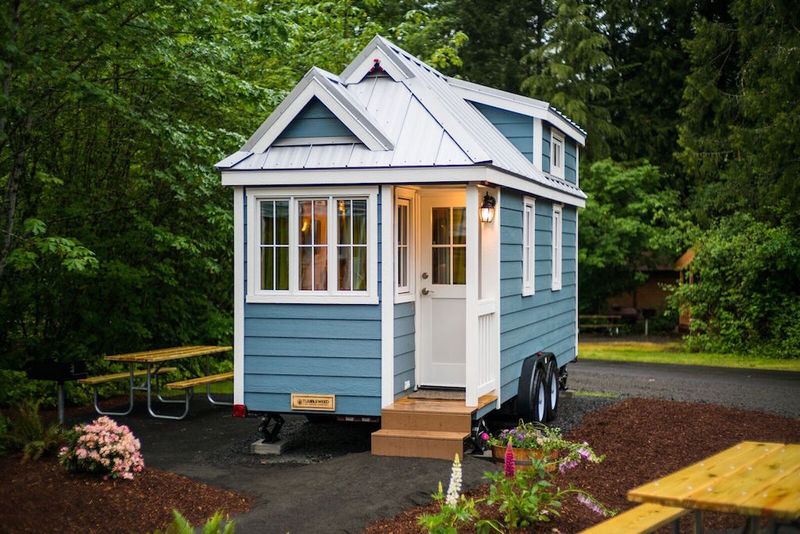
The tiny house bubble is bursting spectacularly for units without land rights. Many owners are discovering the harsh reality that depreciation hits tiny homes on wheels like cars, not appreciating assets like traditional real estate.
Financing remains nearly impossible, while zoning restrictions continue tightening. Tiny homes parked on rented land or in communities with uncertain futures might lose 50% of value within years—making that minimalist dream more financially toxic than a McMansion.
11. Homes Built On Toxic Land
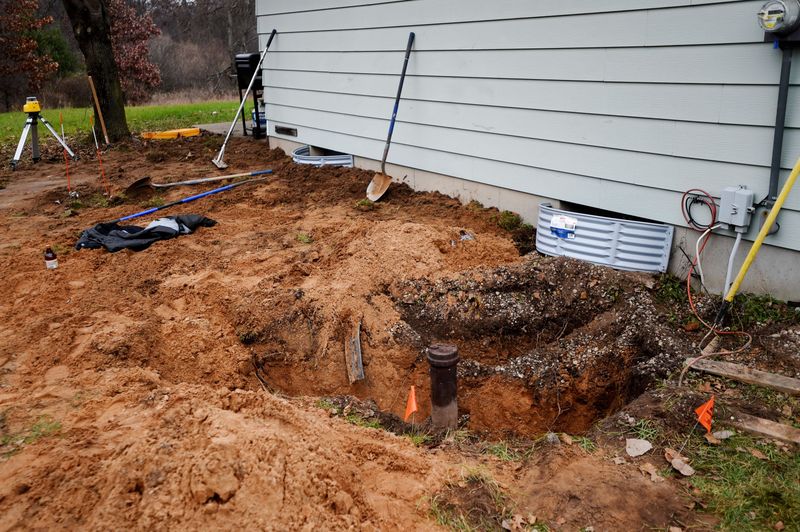
Properties constructed on former industrial sites are facing catastrophic value collapses as environmental testing becomes standard. Homes near old factories, military bases, or landfills are particularly vulnerable as soil and water testing technology improves.
PFAS contamination alone has rendered thousands of properties nearly unsellable. Once contamination becomes public knowledge, values don’t just decline—they evaporate overnight, leaving owners underwater financially while literally standing on toxic ground.
12. Cookie-Cutter Developments From The Housing Boom
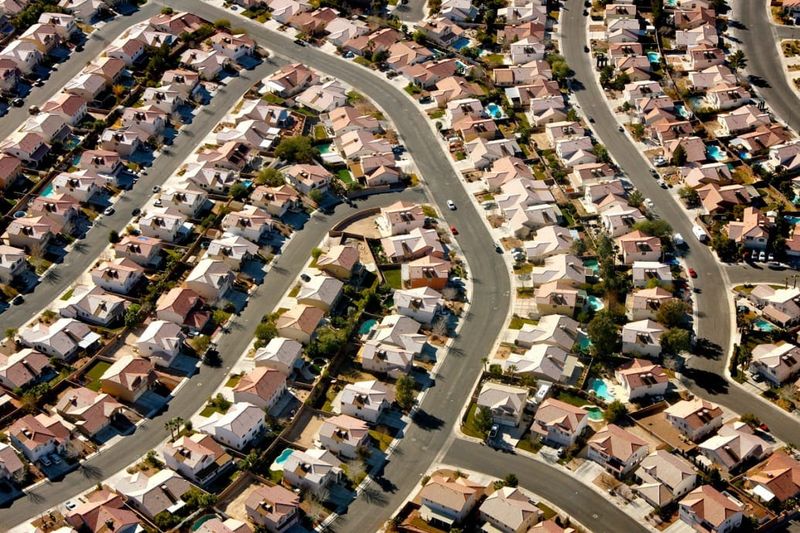
Mass-produced neighborhoods from the 2000s housing bubble are aging poorly and facing severe market corrections. Cheap materials and corner-cutting construction practices are manifesting as major structural issues just as warranties expire.
Identical houses packed tightly together offer zero character or uniqueness to stand out. Developments where every third house has the same floor plan and facade are seeing buyers flee to neighborhoods with architectural diversity and better build quality.
13. Luxury High-Rises In Oversaturated Markets
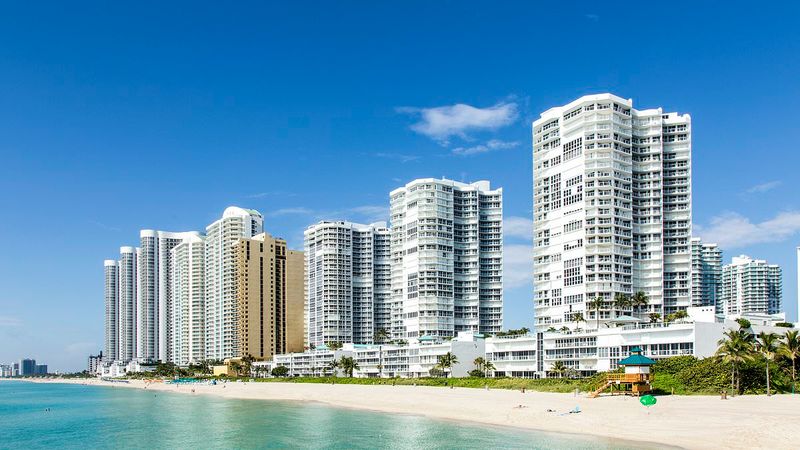
High-end condos in cities experiencing luxury apartment gluts are hemorrhaging value. Miami, New York, and San Francisco have seen thousands of nearly identical luxury units hit the market simultaneously, creating brutal buyer’s markets.
Monthly HOA fees exceeding mortgage payments are scaring away even wealthy buyers. Buildings marketing themselves as “exclusive” are discovering that exclusivity requires scarcity—something impossible when identical units sit empty across the street.
14. Flood-Plain Properties With Outdated Maps
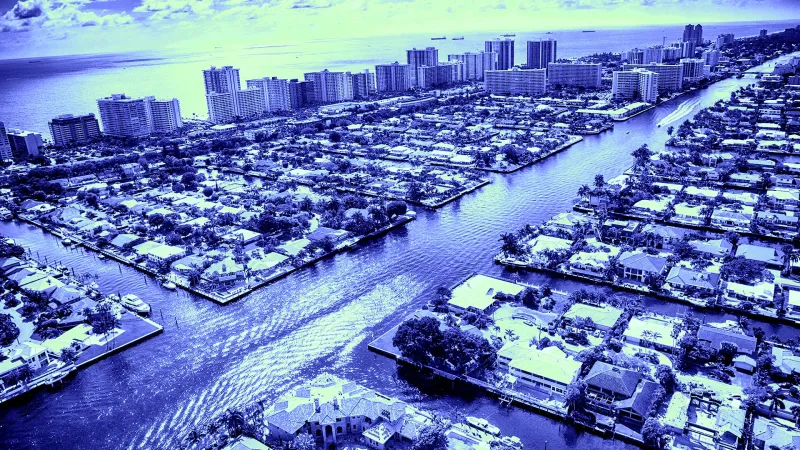
Homes built in areas where flood maps haven’t been updated in decades face shocking value corrections. Climate change is redrawing flood zones faster than FEMA can update maps, creating nasty surprises for owners.
Insurance premiums can jump 400% overnight when remapping occurs. Properties that flooded “for the first time ever” often discover they’re actually in newly recognized 100-year flood plains, sending values plunging faster than water down a storm drain.
15. Homes Dependent On Fossil Fuel Infrastructure
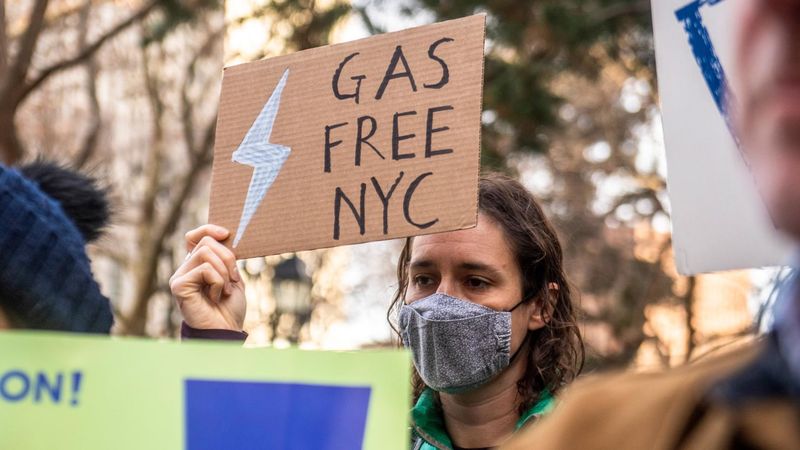
Properties reliant on natural gas or oil for primary heating and cooking face looming obsolescence. As cities ban gas hookups in new construction and tax carbon emissions, all-gas homes become increasingly expensive to operate.
Retrofitting costs for electrical upgrades can exceed $25,000 in older homes. Forward-thinking buyers are already avoiding properties that would require complete energy system overhauls, forcing sellers to discount heavily or pay for conversions before listing.
16. Homes In Areas With Failing Infrastructure
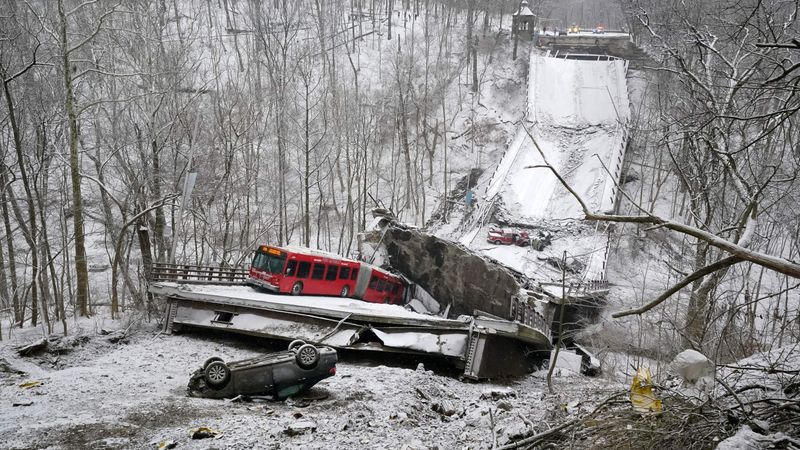
Properties in regions with crumbling roads, bridges, and water systems are seeing buyer exodus. Municipal bankruptcies and deferred maintenance create vicious cycles where declining tax bases can’t fund critical repairs.
Water quality issues particularly devastate values—just ask Flint, Michigan homeowners. Areas with boil water advisories, frequent main breaks, or roads resembling lunar landscapes might see 30-40% value drops as infrastructure continues deteriorating beyond repair.
17. Homes In Areas With Declining School Districts
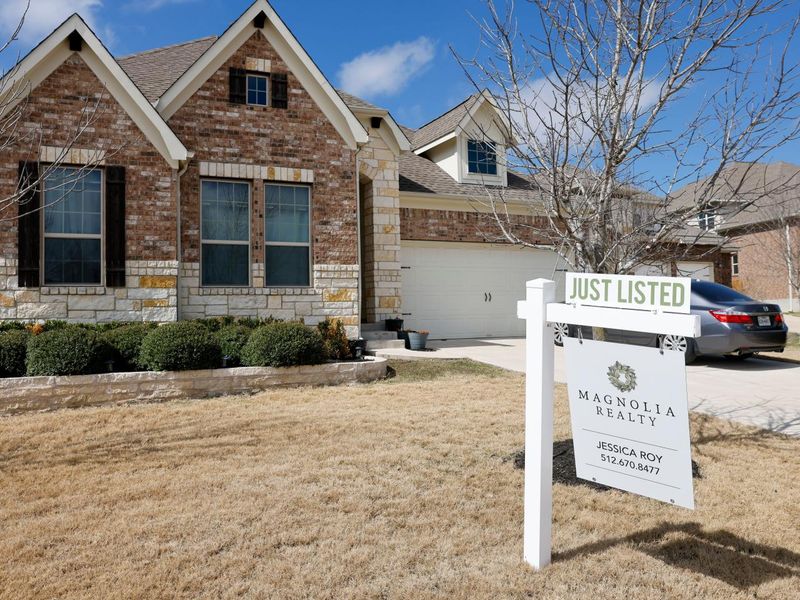
Properties zoned for struggling schools face precipitous value drops as education quality plummets. Districts losing accreditation or facing state takeovers create real estate death spirals almost impossible to escape.
School ratings remain the #1 search criteria for family homebuyers with children. Areas where schools have lost 2+ stars in rating systems have seen immediate 15-25% home value drops, with further declines as families with means relocate to better districts.
18. Urban High-Rise Condos in Tech-Hub Cities
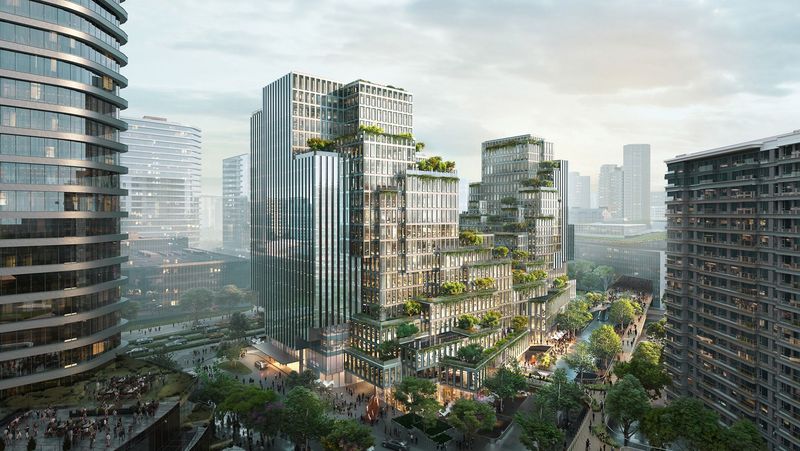
With the tech industry’s unpredictable nature, reliance on these markets can be risky. Buyers now prefer flexibility and less crowded living spaces.
As city life transforms, the prestige of high-rise condos diminishes. These homes are more susceptible to market fluctuations and face increasing competition from alternative housing options.

